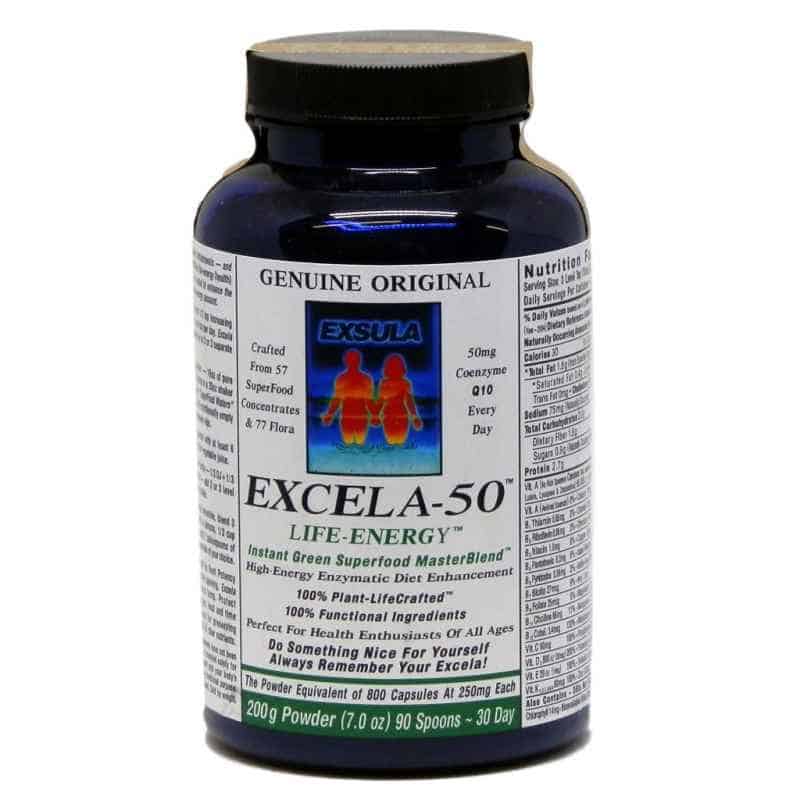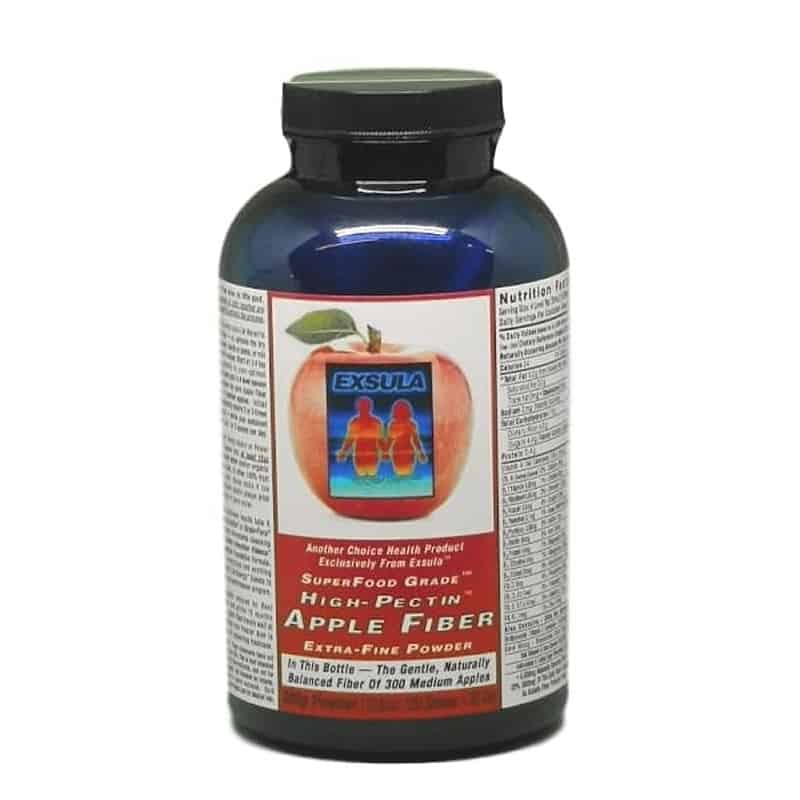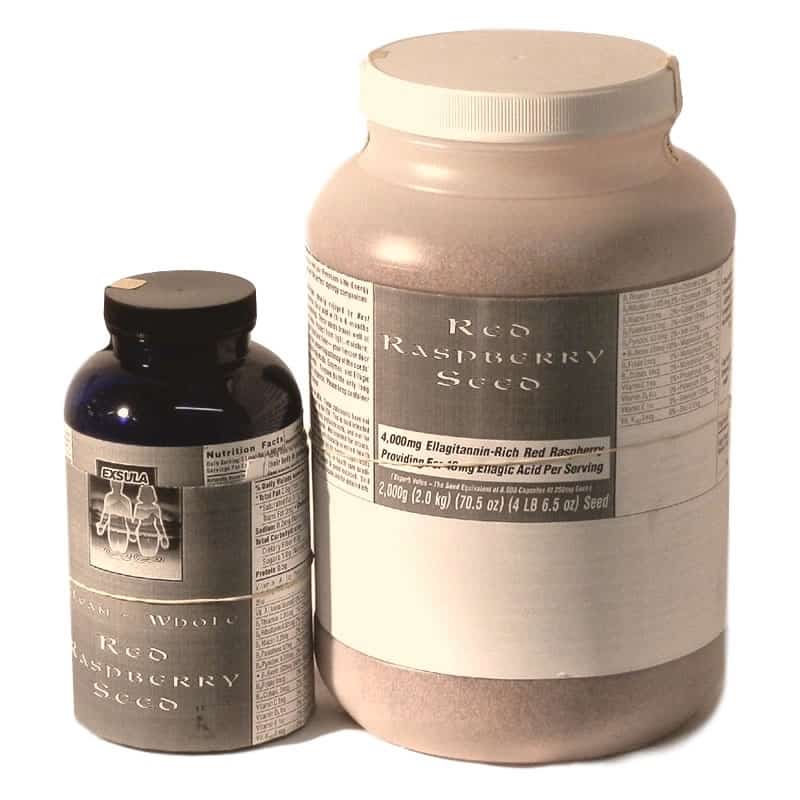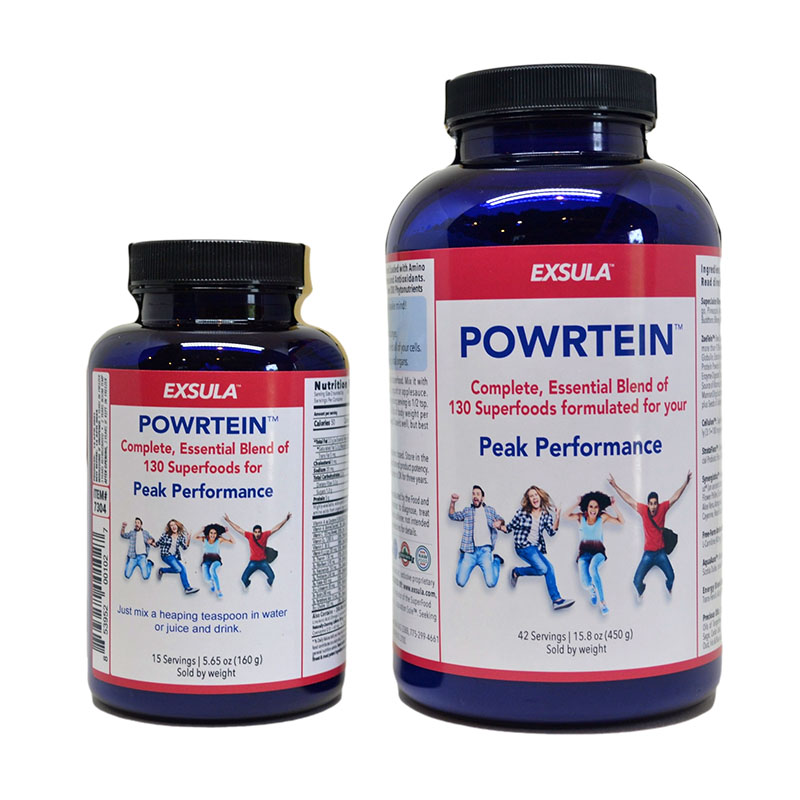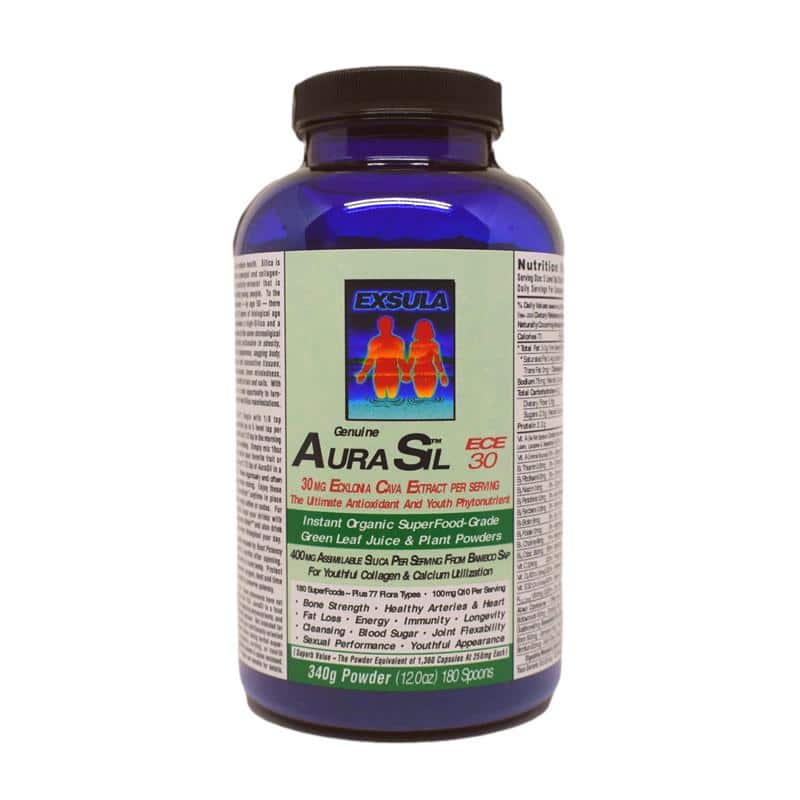No products in the cart.
Podcast: Play in new window | Download
Subscribe: Apple Podcasts | Google Podcasts | Amazon Music | Email | RSS
Podcast 342: Hydroponics
Now you can grow quality full size plants for less than 70 cents/plant. The Organiponic commercial systems use approximately 90% less water per plant than traditional soil farming.
Clean growing environments allow produce to grow year-round almost anywhere. No need for produce to travel thousands of miles to reach the consumer.
60 TIMES MORE PRODUCE
Hydroponic systems are capable of growing over 2 million plants (greens & herbs) per acre per year. Full size (not just micros) year-round quality fresh produce everyone will enjoy.
FEWER CHEMICALS
Studies show that there is as much as 90% of the pesticide residue left on plants grown in traditional soil even after washing and rinsing. By growing indoor there is little or no use of harsh pesticides on plants.
SCOTT: Welcome, everybody! This is a Life Enthusiast online radio and TV network, restoring vitality to you and to the planet! I am your co-host, Scott Paton, and joining us, as usual, is our health coach Martin Pytela! How are you doing today?
MARTIN: Hi, Scott! I am doing good. It is another wonderful sunny summer day! I like summer! Our guest today is Andrew Dewey, and we would like to introduce him to you because we think that the most revolutionary act you can commit is to start growing your own food.
SCOTT: That is right! We want everyone to have good, healthy food. And it seems like the great way you can do that these days is by growing your own or buying from a farmer you can trust, someone you know is doing it the proper way without using GMOs and herbicides and other chemicals. So, welcome to the show, Andrew! Tell us a little bit about hydroponics, because you have got quite a different take on the whole organic movement and on the hydroponics movement too, which I think is absolutely fascinating.
ANDREW: Okay! First of all, great to be here, thank you for having me on the show! Basically what we do is we design and build hydroponic indoor grow systems to allow just about anybody in the world to grow plants, produce, whether it is greens, herbs, or lettuce of any kind, in their home with ease. You don’t have to have a green thumb, you don’t have to be a farmer, a lot of the work is done for you, and the end result is this fantastic lettuce! Behind me, you can see one of the prototype systems that we have, that you can enjoy on an ongoing basis with very little downtime so that every day you can have a salad of some sort, with a meal, or maybe even as a full meal, depending on how much you eat. The whole concept is to have a system that works all the time.
SCOTT: Andrew, I have some questions about this. About 10 years ago, I met a bunch of guys who were into hydroponics, so I know only a little bit about it. The main question I have is: Can I grow carrots? Can I grow potatoes? Can I grow tomatoes? Can I grow parsnips? I understand we can grow herbs, the lettuce, but what about things like blueberries? Is there a certain group of foods that work better with hydroponics, or can we really grow anything? Can I grow a pineapple tree?
ANDREW: I wish we could grow avocados and things like that, but unfortunately, there is not that broad of a selection of things that you can grow using hydroponic systems. Plants that grow underground, like carrots, potatoes, beets, things like that, we have not tried. I don’t know whether you can actually even do it, to be honest with you. We do have a system that we are developing right now, that goes up about six feet, and we are testing it with cucumbers, full-size tomatoes, things like that, but the problem with these types of plants is they grow a flower and that has to be pollinated in order to get your fruit off of that plant. You can artificially do that, but you need more than one plant to do it. So we are still kind of playing around with that idea, we would like to be able to have something like that out there. You can grow strawberries on these systems, I would assume maybe blueberries are possible, but we are still too early in that process to know whether we can grow anything else than say large pepper plants, tomato plants, cucumber plants, and things like that.
SCOTT: What fascinated me about your system when I first saw it was the fact that unlike the systems that my friends 10 years ago were showing me, which took up basically the whole living room, yours have a very small footprint. Tell us a little bit about how that came about, and also how it works.
ANDREW: Yeah, it is pretty cool. We use a vertical hydroponic technology, so in other words, rather than growing on a flat surface or a flat plane, we are actually stair stepping it up in order to allow our plants to have more room or more real estate to grow on. What that allows us is to get more plants per plant panel. We also have a separate propagation station, where we can grow our seed into a small seedling, and then take that seedling and move it into the system, so that we can leverage the amount of growth per system. So in other words, the system that you see behind me grows 16 plants, but in actuality, it really grows 32 plants, because we are propagating a small seed to a seedling. It allows you to leverage the growth so that you always are growing plants. The first 7-10 days of the growth cycle is going from seed to seedling. We do this in a separate location in water, rather than a nutrient solution, which is what you’re supposed to do. Then we move that, that seedling into our grow panel for the remainder of that growing process, which is about 22 days, depending on the product and the light. We can get 15 cycles of growing out of our plants, versus competitive systems, which average about 35 days, and can only get about 9-10 grow cycles per year, so we get about 50% more product.
SCOTT: Here is probably the most important question: What is hydroponics?
ANDREW: The whole concept behind hydroponics is to be able to grow plants in a medium without using any soil. It is all done with nutrients and water.
SCOTT: Okay. So you have this system where you take the seeds, they grow them into seedlings, you take them out of the water and put them into the hydroponic solution, where then they go from seedlings to the fully mature plant.
ANDREW: Yes. What happens is that during this process you have a little plug, and that plug is made out of the cocoa husk and peat moss, and it already has nutrients in it, it is like a seed pod, so it doesn’t need any additional nutrients. In fact, additional nutrients are not good for the seed. It is almost like when a baby is born, you feed a baby breast milk, you don’t feed it solid food. It is the same thing with a seed, you want to grow up the seed into a seedling just with water. Once it gets to about two inches tall or so, you take that small plant and you transport that into your grow panel pocket, and it grows into a larger plant in a little over three weeks.
SCOTT: I remember when I did some gardening with my parents or with a good friend of mine the other year, we would put a whole bunch of seeds in a row and then we would cover them up with soil, we would water them, and I am pretty sure a lot of the seeds grew wouldn’t have enough room, so a lot of them didn’t make it, I am pretty sure that most of the seeds didn’t make it. Do 100% of the seeds germinate in this system when you go through this process?
ANDREW: The nice thing about propagating in a station before you actually plant the seeds is that you can grow, if this system grows 16 plants, you’re probably propagating 18 seeds, just in case two of them don’t grow, and a lot of that is just because of the seed itself, maybe it is not a good seed. So it does give you that opportunity to get an actual live plant or live seedling to plant right into your system.
SCOTT: The reason I brought this all up is that a lettuce in the grocery store is like $2, and I am thinking that a seed is probably coming from a package of seeds that is $2 as well, and that might be a 100 or 200 seeds. So I am basically thinking you could save a fortune in your food bill!
ANDREW: Absolutely! On average, it allows you to grow a plant for about 50 cents a plant! At the store, it can cost 2$, or in many cases, herbs and other types of plants are actually more than that. Also remember that this is pesticide-free, and it can be organic! It is not always organic, because it depends on the nutrient, but it is pesticide-free, you can actually take lettuce right off the system and just eat it. There is no dirt, no pesticides, no bird droppings, or any other issue that could affect that leaf.
SCOTT: So you don’t have any animals running through, you don’t have any bugs running through.
ANDREW: Right. I mean, you can have, on rare occasions, some sort of an invasive bug that can come in and destroy your plants, but you can see those very quickly on a small plant, and you can easily get rid of those with an organic spray. I have not seen them. We have been doing our testing in homes, rather than greenhouses, and we have never had a bug problem.
SCOTT: That is the whole point of this, right? This is something that you can do in your home, and you can do it on an ongoing basis. Tell us a little bit about how much space I am going to need in my kitchen or my dining room or wherever I am going to be doing this.
ANDREW: Yes, of course. So if you want to be able to feed yourself with lettuce and greens off of a system, and you want to make sure that you get a full-size plant, not just a little micro plant, you can get one of the larger systems that is just under 24 inches wide and about 16 inches deep, so it is not really that big. You can also get a smaller system, a mini herb garden system, that is only about 12,5 inches wide, the plants are just a little closer together, they are in a vertical system, it can easily fit on a countertop next to your stove where you’re cooking, so you can just pull basil or mint or any type of herb right off of it and use it while you are cooking.
SCOTT: Do you advocate having it by a window where it gets sun? Is it better to have it near a window?
ANDREW: Well, when I first started looking into this, I was all pro-natural light, I wanted everything to be natural light. This was back in 2012, 2013, and LED lighting wasn’t where it is today, it has improved quite a bit since then. If you have a proper natural light to grow plants in your house, by all means use it. But I would say 90% of the people out there don’t have the proper light conditions, so they are going to have to use LED lights or some sort of an artificial light. So I would say that maybe 10% of the people have a sunroom or a maybe an attached greenhouse of some sort where they can grow their own plants without the lights, but the majority of people will need lights.
MARTIN: I am thinking that you would need to have a lights tunnel directly through the roof, because if you don’t have direct lights coming off the top, there is just not going to be enough, windows won’t cut it.
ANDREW: Yeah, that would be the perfect setup for you to do it with natural light
MARTIN: I think it would be actually wonderful, if you did have a lighting kit with LEDs, because these days, that is the way to go.
ANDREW: Yeah, we are testing a lot of light kits right now. Some of them work really well, some of them don’t work at all, even though they claim to be grow lights. It is actually a little bit of a headache to us, just because we are trying to find that proper system. One of the issues that we have is with the cannabis market here in the United States, these guys are getting so much funding, and they are not spending a lot of time trying to get the better pricing on their lights, they are just paying what the rate is, and it really affected the market. People in the LED lighting business, to my knowledge, are making pretty good margins on their product, which forces us to go overseas to find manufacturers in places like China. We are using different lights that are made here in the United States just to test, but we are also using lights that are made in China, some of them are great, some of them don’t work.
ANDREW: This system you can see right here above me, that is a very old T5 light system, we are putting different types of light tubes in it to test it out. The system that is below me, that is a light panel that we just purchased about two weeks ago or so, that has about 45 Watts of light that comes off of it, all LED, that is working very, very well for us so far, but it is still a little too early in that process to know whether it is going to be the perfect light. I have got some other smaller systems above me, that is really not enough light, but we just wanted to see how long the growth process is with it. Another one is using a 20 watt LED light that works fantastically well. So we are getting there, testing different options.
SCOTT: So I am curious, I have a couple of questions. If I wanted to lift up the system and move it to another room, am I going to be spilling water all over my house?
ANDREW: It wouldn’t be a good idea to do that. The small systems, that are only 12,5 inches wide, come with a basin that has the propagation station built into it, and then it has a grow panel or a grow dome that sits on top. And even if it is fairly snug above your base, the water won’t leak out, but it is still going to be kind of a clumsy carry to another location.
SCOTT: So you would say find a spot for it, put it in that spot, make sure to have got enough light on it, and then you don’t have to worry about it.
ANDREW: Yeah. We have thought about actually creating a cart of some sort, designed to fit the countertop system so they can roll, all you have to do is unplug the pump and the lights, and you would just roll it to wherever you want to use it. People asked for that already, and some people say it is unnecessary, but we would love to be able to have it, so it is convenient for anybody to use.
SCOTT: So how do I know when to turn on the lights and turn them off?
ANDREW: You don’t, the system does it for you! That is one of the great things! The initial system is going to have a module and it actually controls the timing for your lights and a pump that that is within the system. Typically, it is just an 18 hour on, 6 hours off, for the lights. The pump itself is always on, it automatically cycles, it is basically only on for about 25 seconds, and then off for about 12-13 minutes, and then it turns back on again, that is always working for you, all you do is make sure that the water level is right, and that it is getting fed properly, every one or two weeks you have to add some of the nutrients out of the bottle.
With each plant we save about 90-95% in water usage versus traditional soil farmers. Behind this grow panel, there is an aeroponic spray system, that actually sprays the roots of the plants. Whatever doesn’t absorb into the roots, actually just drops right back into the basin, and is used the next time the spray system turns on. So in a full cycle, you’re using about 40-50 ounces of water. After about 45-6 days, you need to replace what is in your basin, because it has too much of a sodium buildup, and you don’t want too much sodium in your plants. So you have got to throw some of that water away at some point in that cycle or between two cycles.
MARTIN: Unfortunately, we have lost the connection with Andrew due to technical problems. But these systems are an excellent way to have a garden in your own kitchen!
SCOTT: It is a pretty cool idea to be able to have 15 different herbs in one system, and just reach over here, get a little bit of this, a little bit of that, put it in the pot, and then reach over here and grab your salad.
MARTIN: Absolutely, that is wonderful! Most enjoyable. I would love to see if it would also help people do sprouting, sprouts are actually an excellent nutrient source!
SCOTT: I love sprouts! The frustrating part about making them was the fact that the roots and the sprouted part would get into the mesh, so I could never get it out!
MARTIN: And if you need more information about health, nutrition, or any of our products, call me at (866) 543 3388! Visit our website, subscribe to our newsletter, make sure to check our podcast and blog! Thank you very much for listening!
SCOTT: Thanks for joining us, everybody! This has been the Life Enthusiast online, radio, and TV network! We are restoring vitality to you and the planets. We will see you next time, hopefully with no technical difficulties!
Note: this interview and the information provided is not intended to be a substitute for professional medical advice, diagnosis, or treatment. Always consult with your medical professional(s) if you are dealing with a specific medical issue.






